Book describes all 451 families of flowering plants, ferns, lycopods and gymnosperms
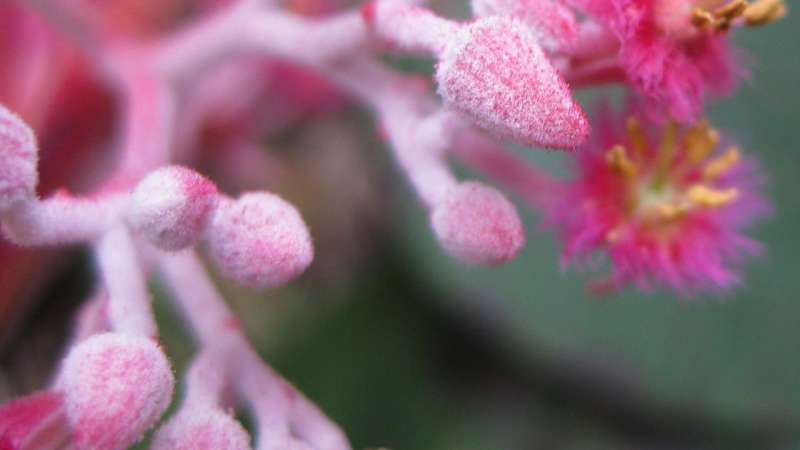
Humans are completely dependent on plants and their products. Without plants, there would be no food to eat, no air to breathe and no clean water to drink. Plants give us building materials and fibres for paper, clothes and ropes. Dyes and ornamental plants brighten up our lives. Many medicines and drugs are also still harvested directly from plants. Without being able to accurately identify plants, none of this would be possible.
Classifications help us understand the diversity and relationships of plants. Previous classifications based on the size and shape of plants and their flowers were largely intuitive, but with recent DNA technology developments, more accurate relationships based on their shared evolutionary past have been established. In some cases, this has resulted in changes to once agreed relationships between some plants and families.
Plants of the World is the first book to provide descriptions of the 451 vascular plant families using this new type of classification where the plant's evolutionary past is used to put them into related groups. Showcasing plant diversity and providing a wealth of information on plant characteristics, their natural habitat, interactions with other plants and the environment as well as how they are used by humans, this encyclopedia is aimed at anyone with an interest in plants and their uses.
With each plant description, we also wanted to make sure we provided appropriate illustrations and photographs – many of which were taken by lead author Maarten Christenhusz. In a few cases, images of plants from Kew's herbarium or botanical artwork were used.
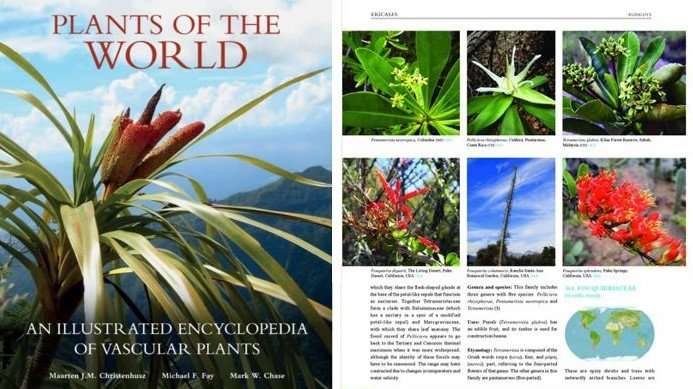
Growing out of an idea discussed by myself and my other co-author Mark Chase around 20 years ago, the book is the product of five years of intense activity. In addition to our own studies, we have benefited greatly from the work of earlier and contemporary botanists, and we highlight the contributions of some of the significant earlier botanists. Information on uses comes from personal experience, traditional and electronic literature sources as well as some fun visits to exotic and local markets.
In the process of collecting information and images for the book, we travelled the world, visiting 50 countries on all continents (apart from Antarctica) and many oceanic islands. In addition, time spent in Kew Gardens and other botanical gardens both in the UK and abroad yielded numerous photographs. Last, but certainly not least, plants in our own private garden included those from over 150 families, some of which we grew especially for the book.
We have endured tropical diseases, parasites, altitude sickness and disgusting smells. We have avoided saltwater crocodiles, tarantulas and poisonous snakes, overcome phobias of leeches and heights and survived robberies, volcanoes, earthquakes and riots – Mark was even abandoned on a remote mountain by a grumpy helicopter pilot. The life of a botanist is not always a bed of roses!
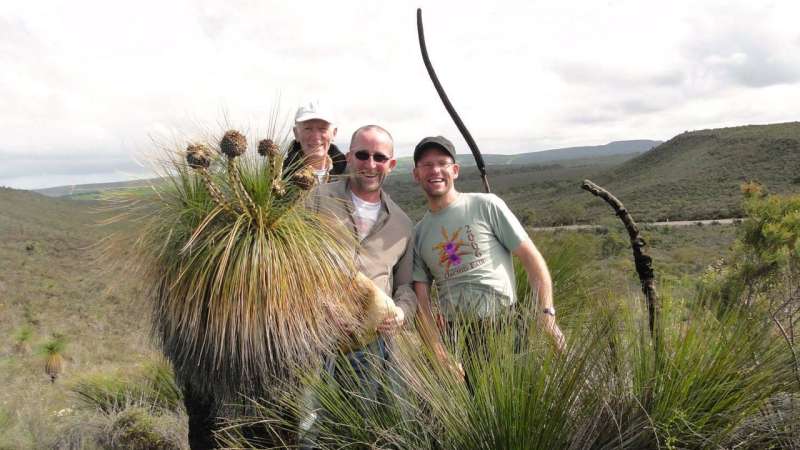
You may think that with human influence stretching to all four corners of the earth, we now know all about global plant diversity, yet there is still plenty to learn and new botanical discoveries are still being made. During our expeditions, we came across several new species, some still in the process of being described and classified. When the project started, there were still some genera that nobody knew in which family they belonged – we have found a home for some of these, in some cases leading to the description of new families by us or our colleagues. In the case of a poorly known tree, Petenaea cordata, from Guatemala and Mexico, we were able to describe a completely new plant family following a collection made by Maarten in Guatemala and a subsequent DNA-based study at Kew demonstrating that it had no close relatives.
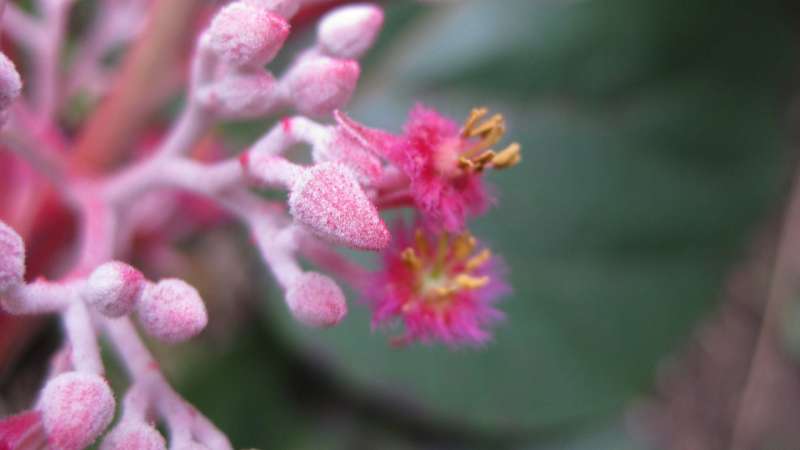
Following a study on the evolution of Caryophyllales (which include cacti and carnations), Maarten described two new families, Macarthuriaceae and Kewaceae. The latter includes a new genus, Kewa (southern Africa and St Helena), named in honour of Kew.
But the book isn't just about order and classification. We also want to highlight the weird and wonderful. If you'd like to find out more about unusual seed dispersal and pollination mechanisms, carnivorous plants, plant parasites, plant-based magic or mythical man-eating plants, Plants of the World is the book to read.
I have been passionate about plants all my life, as have my two co-authors. And through our careers we've published many scientific and popular works on a wide range of plant families. We hope that our enthusiasm for plant diversity and how plants are used by humans will engender similar enthusiasm among our readers. Plants are, after all, the basis of life on earth.
-
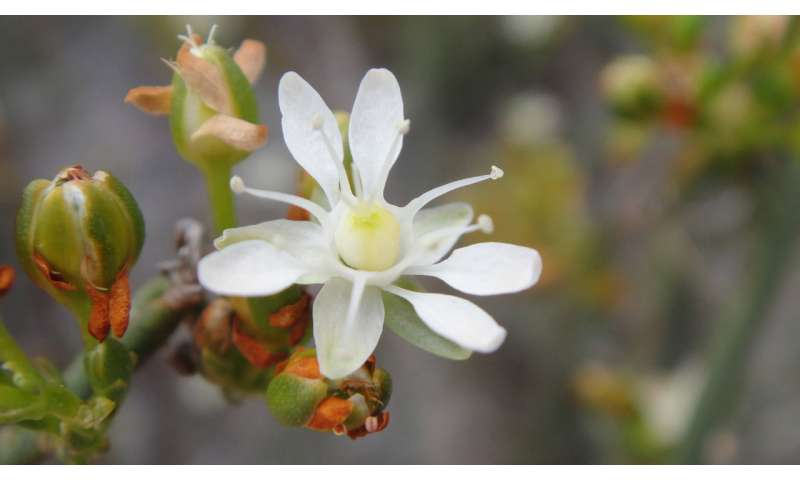
Macarthuria australis. Credit: M. Christenhusz -
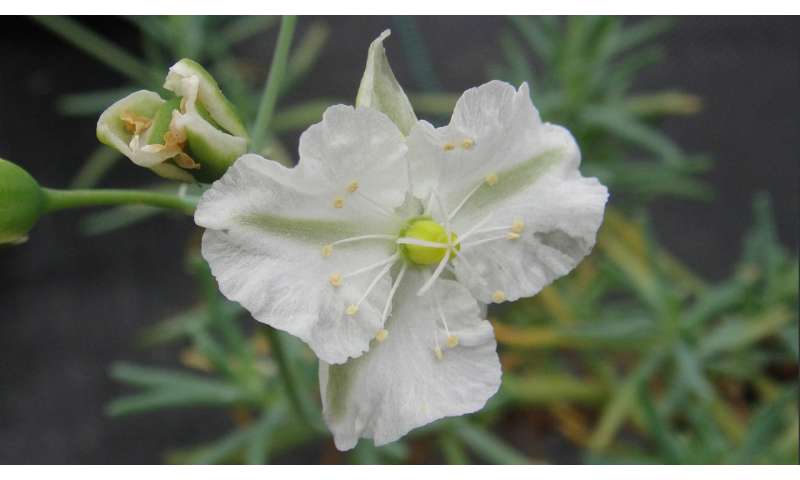
Kewa acida. Credit: M. Christenhusz
Provided by Royal Botanic Gardens, Kew













.jpg)







